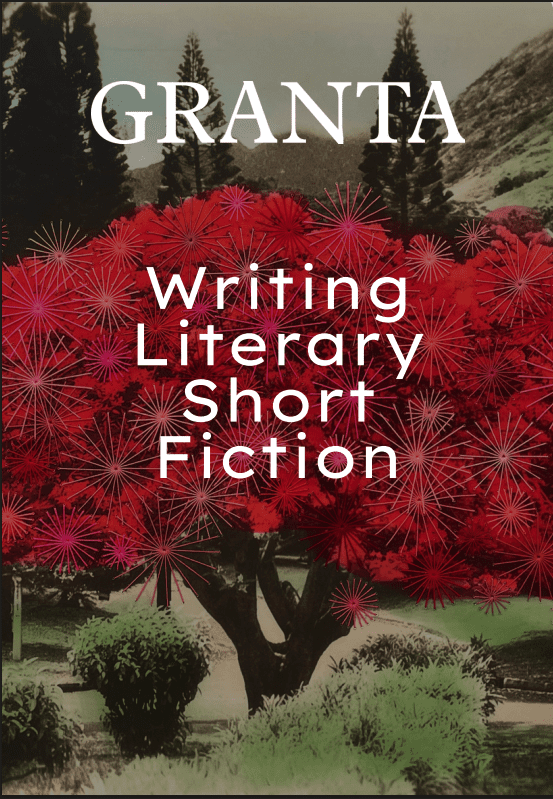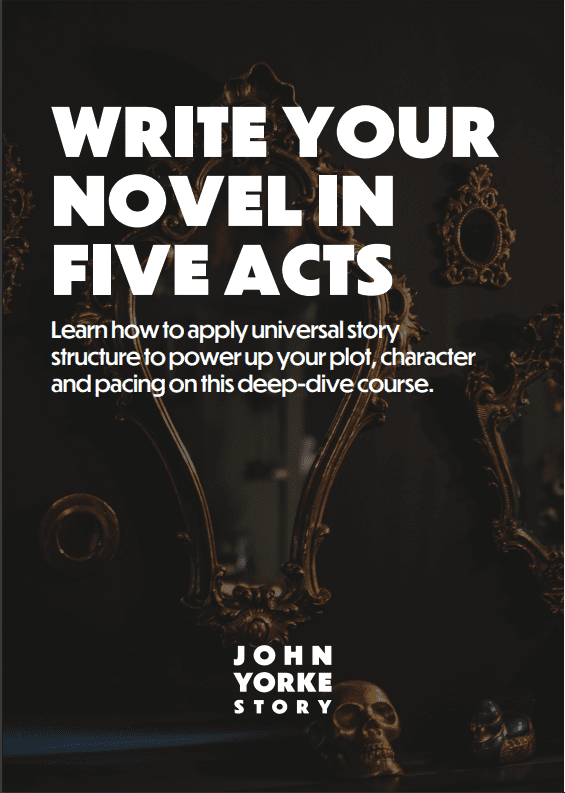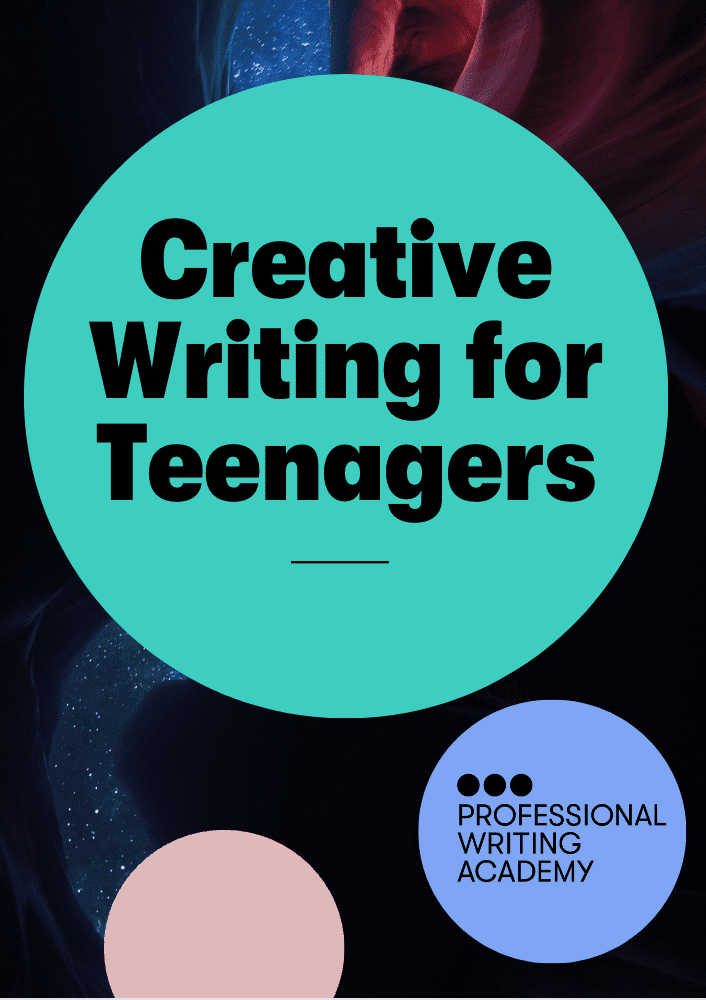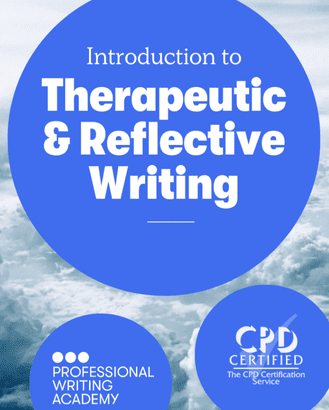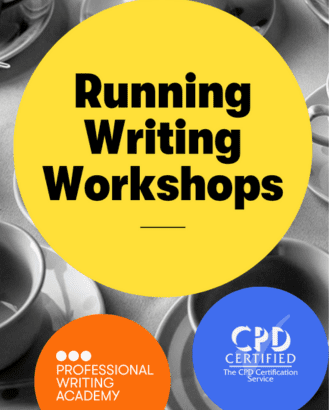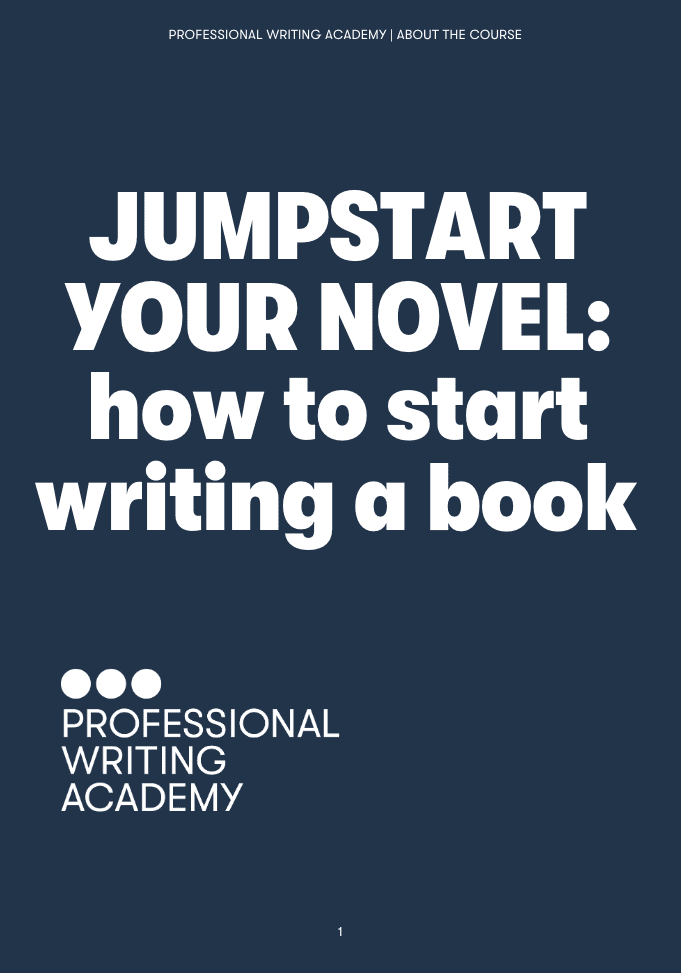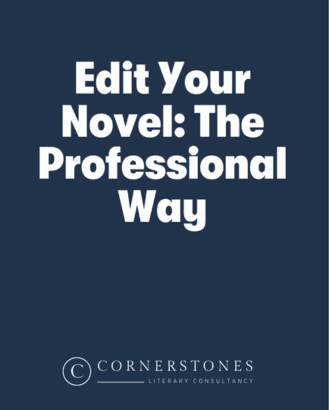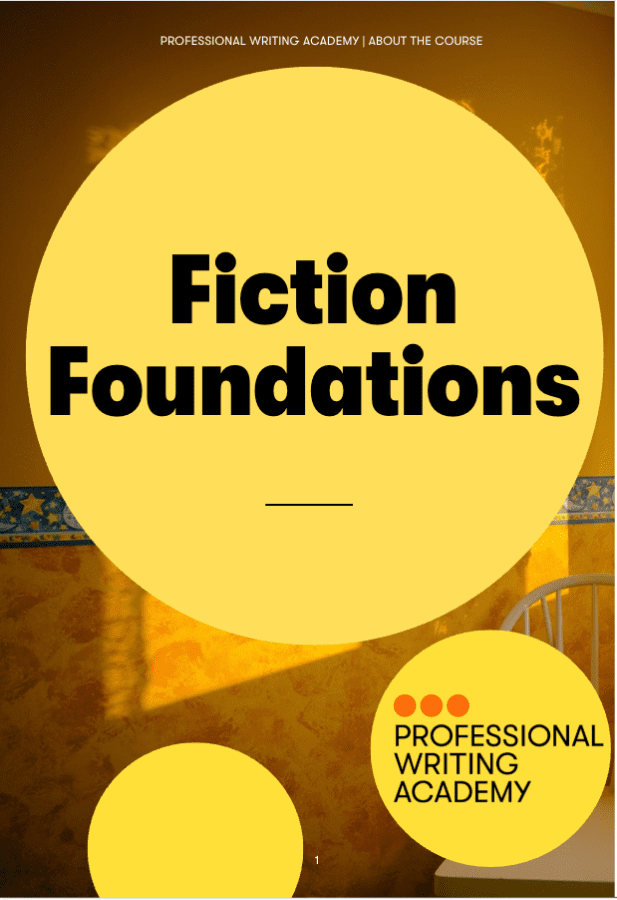In Into the Woods, John Yorke demonstrates that structure is the human mind’s natural way of ordering the chaos of everyday life. In its simplest form it’s a classic three-act structure, which can be described as follows:
- I exist
- I perceive the world
- I change
No matter how short or complex a story is, it can be broken down into these three stages.
Whenever we tell a story, we can’t help but structure it in this way, and it has been ingrained into us since we were young: beginning, middle and end. The five-act structure is a more in-depth version of this, as all acts work to maintain momentum in an on-screen narrative.
Some have said that rigidly following such a structure can stifle creativity, and John Yorke does not disagree. During a discussion with our Story for Screen students, John said:
“If you approach it as structure first, then your writing will be flat, plain, and derivative. What’s fascinating is that good writers who reject archetypal structure write perfect structure anyway, because they can’t not.”
What’s fascinating is that good writers who reject archetypal structure write perfect structure anyway, because they can’t not.
– John Yorke
So how might this underlying story structure emerge in factual TV output? If we were making a documentary set in the African savannah, and had captured footage of a lion preying on an antelope we might structure it something like this:
- We are initially introduced to a pride of lions, with cubs that have never hunted before. Food is scarce and they are hungry. This is their ‘call to action’.
- An antelope is spotted. The mother is tired but knows she must hunt to survive. When she makes the decision to stalk the antelope, this is a high point of hope for animals.
- After stalking the antelope – building tension – she launches her attack. We can view this as our ‘midpoint’, or point of no return. She will either be successful or she will fail, but there is now no going back.
- The antelope stumbles and breaks a leg. The mother attacks, but does not make the kill. The cubs need to learn, and they finish the job. This is our climactic moment.
- A resolution is reached, and change has occurred: the lions can feed, and the cubs are closer to becoming fully-fledged hunters.
Considering structure is an essential part of any form of entertainment, as not only do we have to tell an engaging story, but we need to present it in a way the people inherently understand.
While these events could be filmed without regard for the elements of narrative, in the writing and editing, we could emphasise the end of act turning points in order to engage the viewer, build tension, and bring about an emotionally satisfying conclusion.
If our documentary was only focusing on each animal for a short period of time, we could tell a short story about each species that follows the five-act structure as above, and then use each of these to tell a larger story that also follows a similar structure.
Perhaps this scene could be used to show how humans in the environment have made it harder for predators to hunt, which precipitates the final change — a mass migration of animals.
This method can also be applied in the popular genre of reality TV.
Let’s consider an episode of The Apprentice (9 December 2015) as an example. The teams had to design a healthy snack product, and this is how the five-act structure could be seen at work:
- Firstly, the remaining candidates are re-introduced, then woken up and told to meet Lord Sugar to be given their task. This is their call to action.
- After deciding within the teams who will lead, the candidates seem positive about the task and how they will approach it. This is a high point.
- Difficulties arise as teams show a lack of coordination. The viewer is entertained, and also frustrated, as it is evident to them where the teams are making mistakes. Careful editing creates these dramatic moments, and the most glaring errors are selected for broadcast to give the viewer a sense of engagement and understanding – in their eyes, often more so than the candidates themselves. The pitches to retailers can be viewed as the crisis, or point of no return.
- Entering the boardroom begins the build-up to the climactic moment of firing. This is where the candidates realise just how poorly they have performed, and tension rises as they become more flustered. Lord Sugar points his finger. This is our climactic moment.
- The surviving candidates find out who has been fired, and their absence is the change and resolution. Tension has fallen and a satisfying conclusion has been reached.
Again, we can see how neatly this program fits the structure John Yorke writes about in Into the Woods, and how it makes for compelling television.
Considering structure is an essential part of any form of entertainment, as not only do we have to tell an engaging story, but we need to present it in a way the people inherently understand.
Our Story for Documentary and Factual Content online course outlines the ways John’s tried and tested theory of structure can be applied to non-fiction entertainment.




